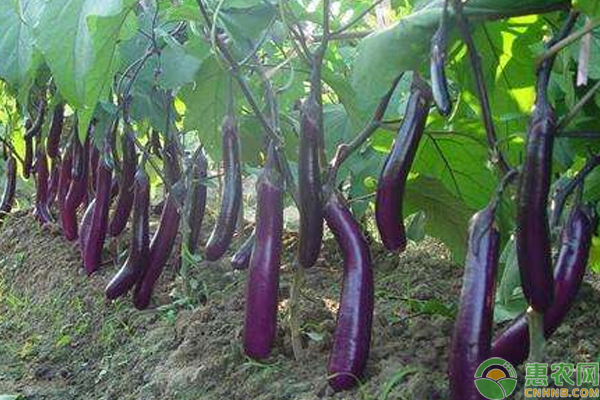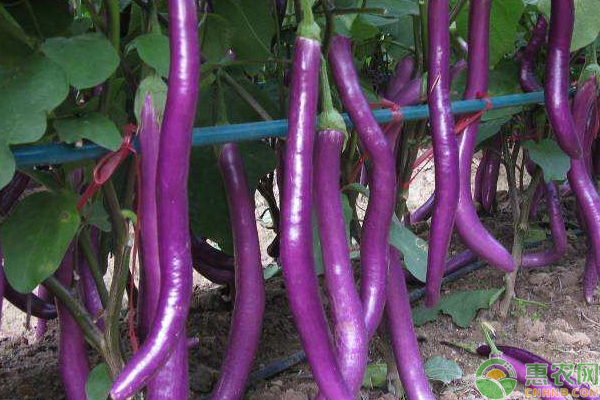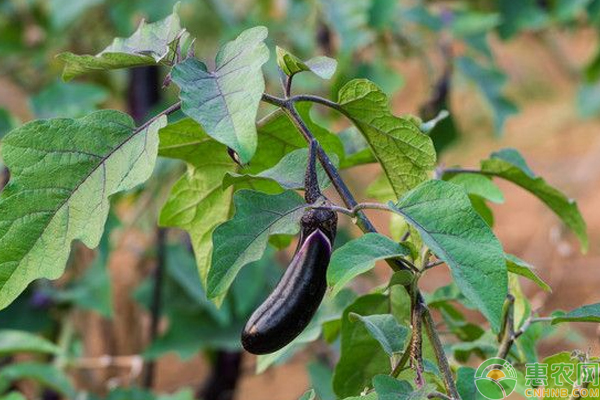Verticillium wilt is one of the diseases of eggplant. It is characterized by the yellowing of the leaf margin and the vein between the leaves of the lower leaves of the lower half of the leaves. In severe cases, the eggplants will die and die. How to prevent and cure this disease? Small face small series will be introduced in detail.

Eggplant yellow wilt damage symptoms:
Symptoms begin to manifest after colonization, and the symptoms are more pronounced after fruit setting. The diseased plant is relatively short, and it develops from the bottom to the top or from the side to the whole plant. Later, it develops into a half-yellow, so the disease is commonly called "half-side madness." The pathogenic leaves are chlorotic and yellowing between the veins, leaf tips or leaf margins, and gradually develop to yellow or yellow mottled whole leaves; when the disease is serious, the early diseased plants are wilting when they are sunny and hot, and recover in the morning and evening or when the weather is cool. In the late stage, the diseased plants are completely wilted, and the leaves are yellow, curly, and shedding. In severe cases, only stems or heart leaves remain, and the plants die.
First, the yellow mottled type. The plants are not dwarfed, and only a few leaves appear yellow mottled, and the leaves generally do not die.
Second, the macular type. The plants are slightly dwarfed, and the leaves form a palm-like macula from the bottom to the top, and only the lower leaves die, and the plants generally do not die.
Third, the dead type. The plants are severely dwarfed, and the leaves shrink, wilting, dead, and fall off, and the disease spreads rapidly, often leading to the death of the whole plant.

The pathogenesis of eggplant verticillium:
First, the climate factor. The pathogen is a medium-low temperature disease. Generally, the temperature is low, and the root wound healing is slow when planting, which is suitable for the development of pathogens, which is beneficial to the pathogen from the wound; if the daily average temperature is lower than 15 °C from colonization to flowering, the duration is long, the disease is early and heavy; The temperature is higher, the rain is reconciled, and the disease is significantly reduced.
Second, cultivation factors. Low-lying terrain, application of unripe organic fertilizer, improper watering and continuous cropping; especially in some places directly using cold well water for irrigation, can also lead to increased disease.
Third, wintering and initial infection sources. The pathogens are dormant hyphae, chlamydospores and micro-sclerotia with the diseased plant residues overwintering in the soil, and the pathogens in the soil can survive for 6-8 years, so the soil-borne bacteria is the main initial infection source of the disease. The pathogen can also overwinter in the inside and outside of the seed with mycelium and conidia. The pathogen directly invades through the root wound or the root epidermis and root hair, first propagates in the root vascular bundle and then spreads into the stem, leaves and fruit.
Fourth, the characteristics of communication. It is often spread over long distances with the seed transport. The contaminated fertilizer and the contaminated soil pass the pathogens to the disease-free fields by means of wind, running water, people, livestock and agricultural tools. Therefore, the field where the eggplant has not been planted may also be ill, but the disease is mild.

Eggplant yellow wilt agricultural control:
First, the selection of resistant varieties such as Changru No. 1, Black and Bright, Changye Lang, Okayama Zaozha, Jishu No. 1, Liaosu No. 3, Changru No. 3, Lujia No. 1 and so on.
Second, choose the sandstone land block with flat terrain and good drainage to plant eggplant, and deepen it. The plots that have been found to have verticillium wilt have to be rotated for more than 4 years with non-solanaceae crops, among which the effect is better with onion and garlic.
3. Apply more decomposed organic fertilizers, increase the application of phosphorus and potassium fertilizers, promote the robust growth of plants, and improve plant resistance. Timely colonization, requires 10 cm of ground temperature to stabilize at 15 ° C or above to start colonization, avoid cold water when planting and after planting, and pay attention to increase ground temperature. The diseased plants were found to be removed in time, and the diseased bodies in the field were completely cleaned after harvesting. It can also be used to prevent disease by grafting seedlings, that is, using wild cigars and red eggplants as rootstocks, and cultivating eggplants for scioning, and the control effect is obvious.
Reference control agent:
1% Shensinmycin Suspension (Low Toxic) Roots with 500-1000 times
20% carbendazim · rice glutinous microemulsion (low toxicity) using 40-60 ml / mu irrigation
1.2% sclerosin acetate saline (low toxicity) 200-300 times liquid irrigation
4% pyrimidine nucleoside antibiotic liquid (low toxicity)
40% pentanitrogen carbendazim wettable powder (low toxicity) using 0.625-0.825 g / plant irrigation root
40% methyl thio-fumei double wettable powder (low toxicity) using 300-400 times liquid to fill the roots
56% methyl sulfide · carbendazim WP (low toxicity) using 600-800 times liquid
During the eggplant planting process, many insect pests and diseases will be encountered. If you want high-yield eggplant, you should do disease prevention, reduce the incidence of disease, and ensure the yield and quality of eggplant. The above is the detailed prevention and treatment of eggplant and eggplant. Tips, remember to collect å“Ÿ.
Hologram Anti-counterfeit Labels
Hologram Anti-counterfeit Labels,Hologram Anti-counterfeit Label,Anti-counterfeit Labels,Anti-counterfeit Label
Wenzhou Haoshi Light Industrial Products Co., LTD , https://www.economicseals.com